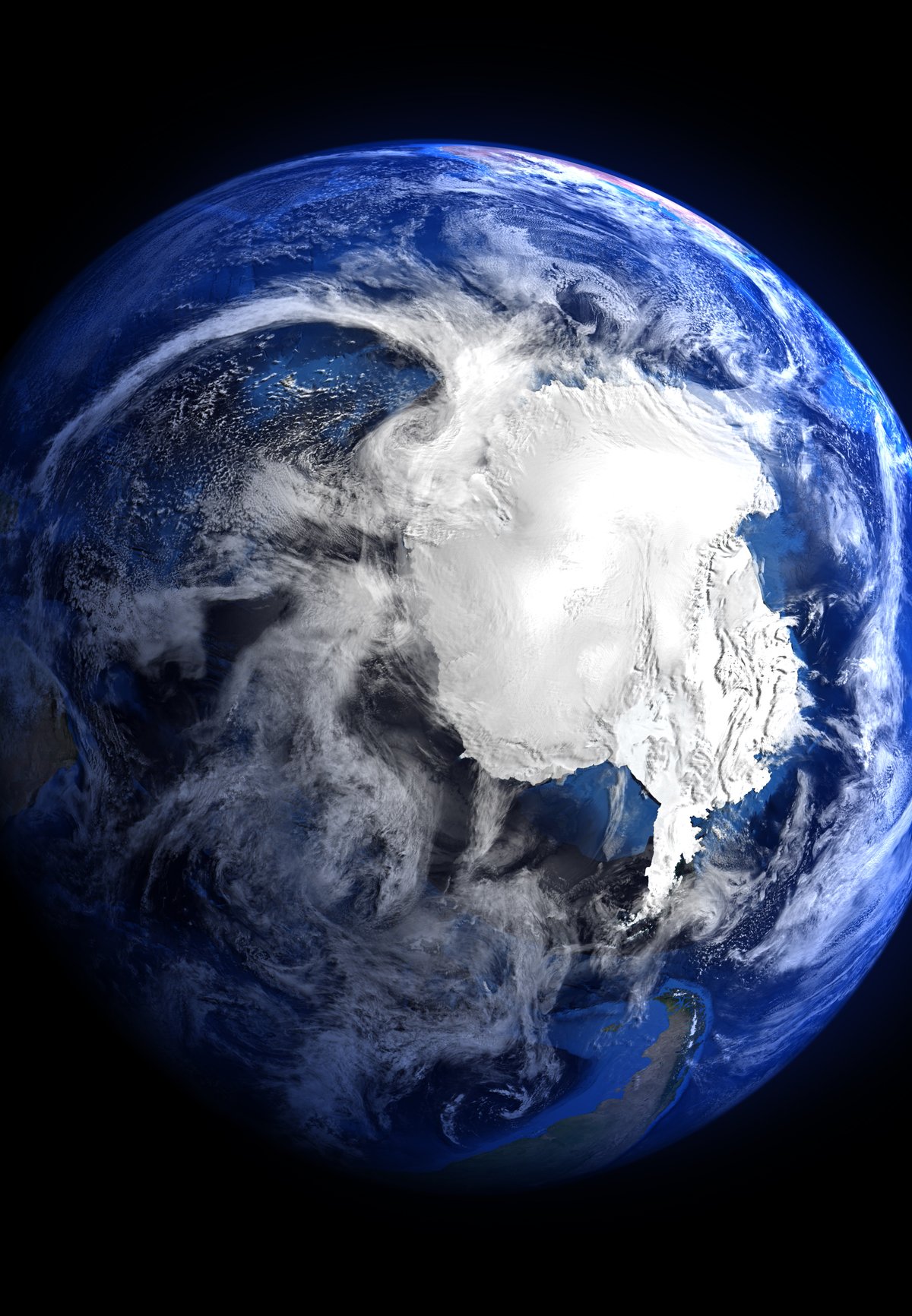The Earth’s climate varies greatly depending on your region; For example, temperatures are much warmer in the northeast of Brazil, and much colder in the south of the country. But weather conditions in Brazil and the rest of the world were not always like this. To contain, Antarctica, one of the coldest regions on the planet, was once much warmer.
When Pangea existed, between 335 million and 175 million years ago, the global climate was very different. At that time, Antarctica was not as cold as it is today. On the contrary, it probably had a milder climate and vegetation.
A study published in the scientific journal Nature Geoscience found that Antarctica was much warmer in the past and may even have provided a balanced ecosystem. This allowed vegetation to grow around the edges of the continent.
The research collected wax residues from leaves found in sediments from a site in Antarctica. with samples corresponding to a period 15 to 20 million years ago – during a summer.
The results show temperatures were up to 11 degrees Celsius higher than today. The study team included researchers from various universities in the United States and scientists from the National Aeronautics and Space Administration (NASA).
“The ultimate goal of the research was to better understand what the future of climate change might look like. Just as history has a lot to teach us about the future, past climate also has a lot to teach us. This record shows us just how hot and wet the climate was.” As the climate system warms, we may move around the Antarctic ice sheet. This is some of the first evidence of how much warmer the climate is,” said co-author Sarah J. Feakins, PhD, assistant professor at the Dornsife College of Letters, Arts and Sciences.
When was the last time Antarctica was ice-free?
In other research conducted by a team from the University of Melbourne, researchers found preserved leaf samples dating back 56 to 58 million years. Both this study and the previously mentioned study show that Antarctica is home to more diverse forests than previously thought.
The first fossils of this type were collected during an expedition to the South Pole in 1901. At that time, it was thought that the continent was not as icy as it was millions of years ago because it showed the characteristics of a more temperate region. However, examples discovered in recent years Reveals climate change is much more severe than scientists believed on first expeditions.
After extensive analysis of the samples, scientists discovered that Antarctica’s ecology shows significant diversity; Maybe not as rich as the current Amazon, but much greener than it is today. In contrast, ancient Antarctica likely resembled forests observed in southern Patagonia, the researchers say.
“Unlike previous fossil tree records, these fossil leaf prints represent cold to warm temperate, mixed conifer and broadleaf, evergreen, deciduous forests. The shape, size and vein patterns of the leaves are preserved in sandstones and fine-grained siltstones of the study in Australia.” “even though it grows in the polar region where there are very low light angles during the winter months,” explains lead researcher Dr. Anne-Marie Tosolini.
As I mentioned before, this temperature change was not specific to the icy continent alone; About 50 million years ago, the average temperature of the entire planet was about 14 degrees Celsius higher. Glaciers in Antarctica began forming 34 million years ago, when temperatures were still about 8 degrees Celsius higher.
Did you enjoy learning a little more about the evolution of planet Earth? Tell us on our social networks and get the opportunity to share the article with your friends!
Source: Tec Mundo
I’m Blaine Morgan, an experienced journalist and writer with over 8 years of experience in the tech industry. My expertise lies in writing about technology news and trends, covering everything from cutting-edge gadgets to emerging software developments. I’ve written for several leading publications including Gadget Onus where I am an author.












